Winter Bird Watching & Care in the Pacific Northwest
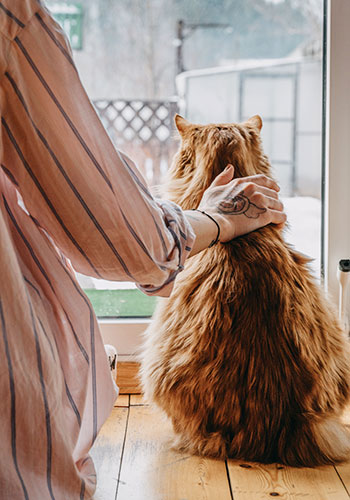 One of the greatest joys of a PNW garden in the colder months of the year is getting to observe winter bird species from the coziness of your own home. (Especially if you have a curious cat to birdwatch with you!) And, there are a LOT of things you can do as a gardener to bring these birds closer to home, while helping to support healthy and happy populations this time of year.
One of the greatest joys of a PNW garden in the colder months of the year is getting to observe winter bird species from the coziness of your own home. (Especially if you have a curious cat to birdwatch with you!) And, there are a LOT of things you can do as a gardener to bring these birds closer to home, while helping to support healthy and happy populations this time of year.
We’ll start by identifying a few of the most likely bird species you'll see in your yard and round the feeder, then share our best tips and tricks to help care for your feathered garden guests all winter long.
Winter Bird Species
in the Puget Sound Area
You might be surprised to learn that there are usually more bird species in the Seattle area in the winter than there are in the summertime! Many like to stick around all year long, even in our wet and chilly Pacific Northwest weather. Several others, including many raptor and waterbird species, consider the NW to be a haven from more intense winters further north.
A few common varieties you might see in our area
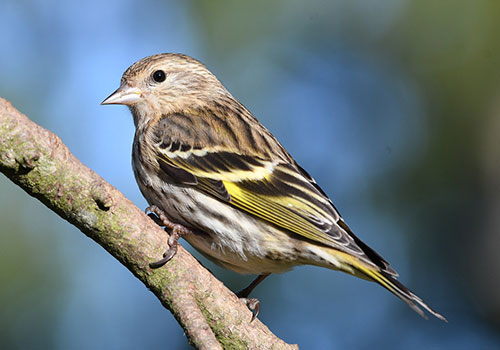
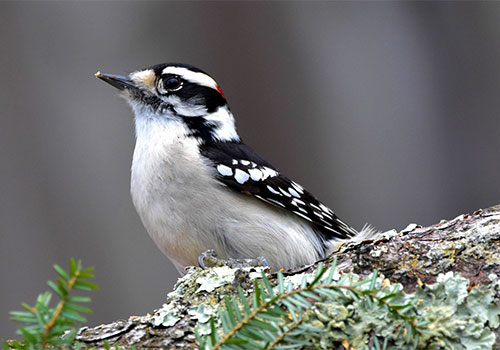
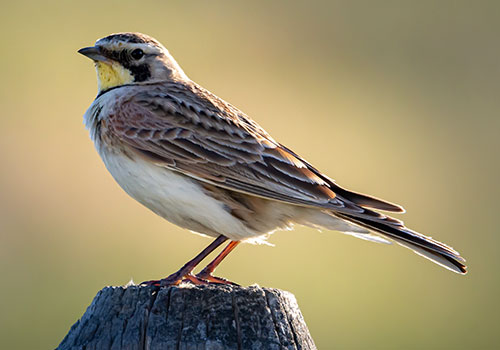
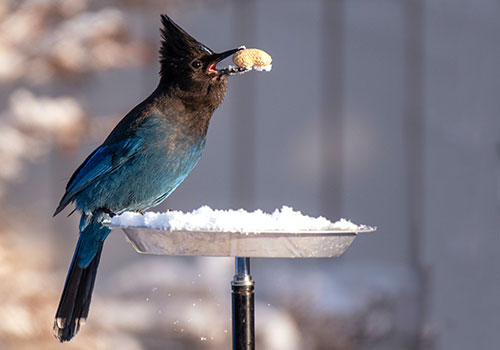
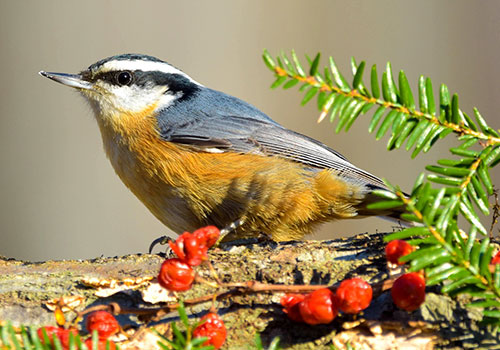
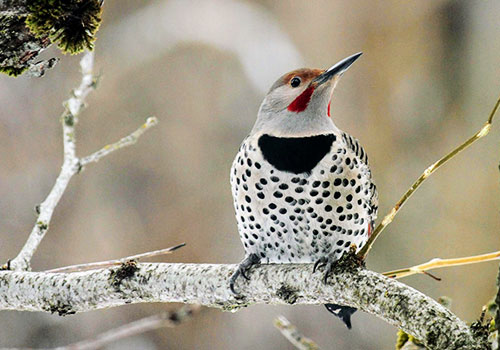
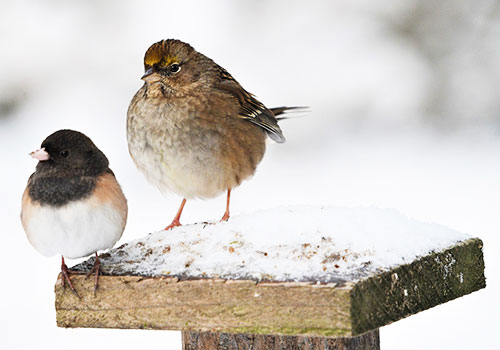
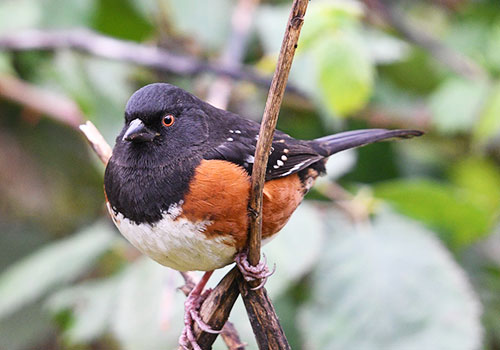
You may also see: Pacific Wren, Fox Sparrow, Northern Shrike, Chestnut-backed Chickadee, Song Sparrows and House Finches.
As we mentioned above, this time of year is also an excellent time to see visiting waterfowl and raptor species we don't normally see in other seasons. You may live in the right area to spot a few of these more fanciful fowl in the tall firs and cedars of your own backyard, but if not, a walk at nearby Washington Park Arboretum (particularly at the north end along Union Bay) will offer a great chance to see water/shore birds. If you don't mind traveling a bit farther south, consider Dash Point State Park, which offers both lovely wooded walking trails and a beach area to increase your chances of seeing more coastal birds.
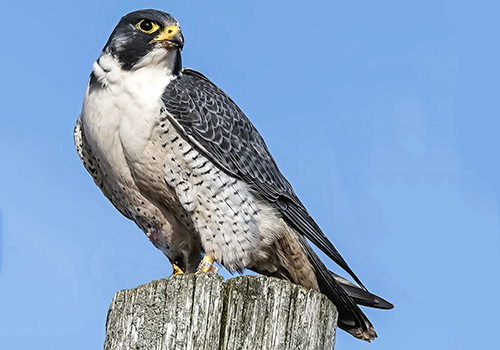
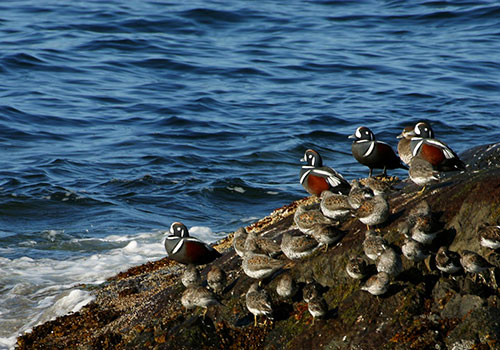
1. Plant a Bird's Winter Paradise
One of the best things that gardeners can do to offer support in the colder months is to plan ahead and prioritize planting species that offer food and/or shelter to birds.
When it comes to food, birds become much more reliant on seeds, berries and fruit in the winter, as insect availability declines. They can lose up to 15% of their body fat in winter, which is why high calorie foods like nuts, seeds and berries are best! Hummingbirds need to eat at least half their body weight daily to survive! (Learn more about wintertime hummer care in our blog post here.)
As for shelter, offering safe, shielded places for birds to rest is a surefire way to invite more of them to move in to your garden. Evergreen shrubs with dense growth habits and sturdy branches offer great, natural protection from Pacific Northwest wind, rain and snow. Not pruning shrubs up, (letting branches drape down to the ground) is especially helpful in winter and for ground nesting birds like towhees.
Great choices for your Seattle area garden include: (F for Food, S for Shelter)
Abelia - F, S
Conifers, various - F, S
Crabapple (fruiting varieties) - F
Elderberry (Sambucus) - F
Grevillea, evergreen - F, S
Hawthorn - F
Juniper - F, S
Mahonia (hybrid or native) - F, S
Maple - F
Pacific wax myrtle - F, S
Pine - F, S
Redbud - F
Rhododendron - F, S
Rugosa Rose - F
Sitka Spruce - F, S
Snowberry - F
Staghorn Sumac - F, S
Strawberry Tree (Arbutus) - F, S
Viburnum, evergreen - F, S
Virginia Creeper - F, S
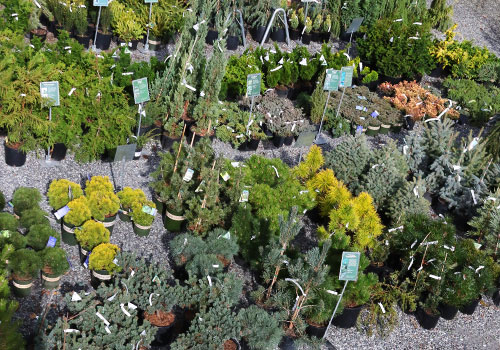
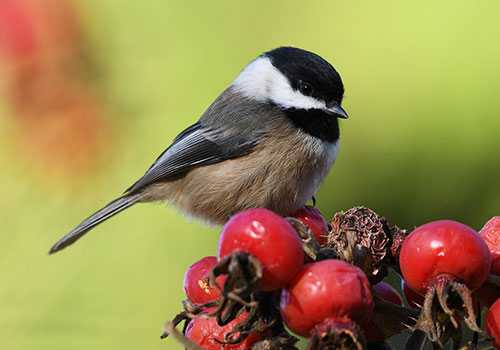
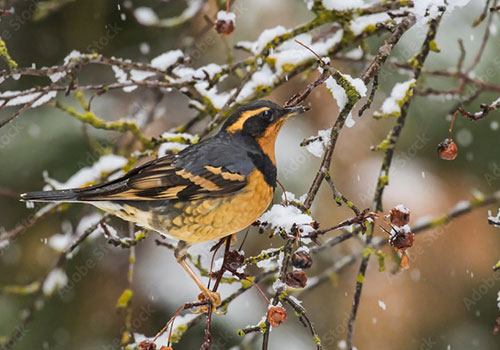
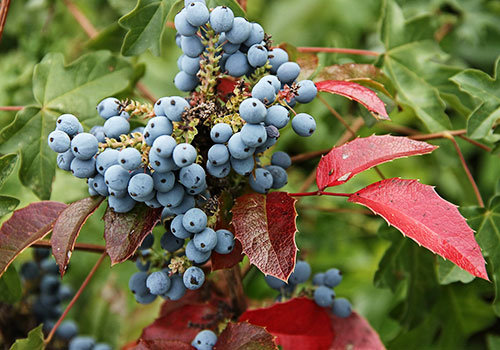
For more ideas, check out our Hedge Plants List or PNW Native Plants List (a great choice for threatened native bird species). Now, here's the hardest, or easiest part, depending on what kind of gardener you are. Once you've added a few of these plants to your landscape, don't keep them too tidy! Fallen leaves, branches, berries, seeds and even spent flower stalks are necessary to create ideal habitats for birds to move in and get cozy.
Did you know that habitat loss (along with pesticides) is the leading cause of native bird population decline? Leaving even a small section of your garden "messy" not only benefits birds, but it makes a great place for beneficial garden visitors like pollinators and predatory insects as well.
2. Bird Feeders
While planting bird friendly plants is ideal for supporting the wintertime needs of birds, feeders are a great way to supplement what nature provides, and draw these critters closer to your windows. Especially if you don't have a yard! There are a wide variety of feeders to choose from, and lots of useful accessories to prevent pests like squirrels and rats from becoming a problem.
At Sky, we carry single variety and blended seed to attract birds of all sorts: black oil sunflower, cracked corn, Nyjer seed, finch blend, no-waste patio mix and more. We also stock a cornucopia of tasty suet block blends... Be sure to store in a dry, airtight (preferably squirrel proof, if outside) container to prevent mold and mildew.
It's recommended to clean bird feeders with a 1:9 diluted bleach/water solution (NO SOAP) every two weeks or so. You'll want to do this more frequently and/or remove feeders entirely if illnesses that affect birds are more prevalent, as the Midwest and Eastern United States experienced last year. Finally, make sure your clean feeder is thoroughly dry before restocking seeds.
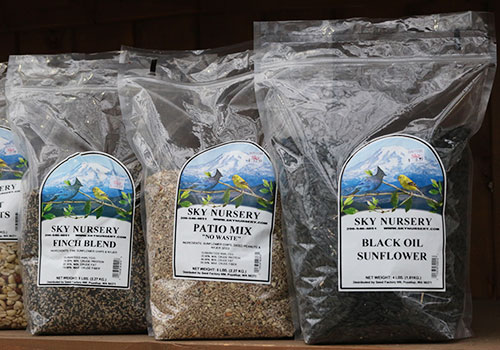
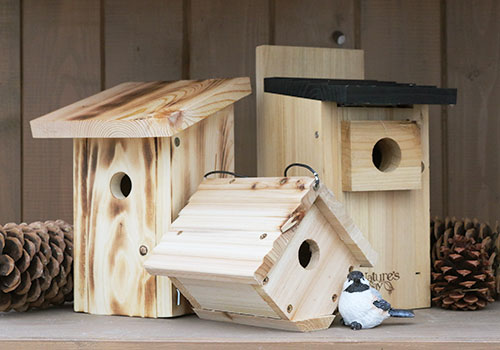
3. Bird Baths
Here in the Pacific Northwest, we usually get more rain than snow in winter, which means water supply isn't usually too much of a concern for local birds. Still, it can certainly get cold enough for common sources to freeze solid. Regularly check that supplemental water sources like bowls and baths are in good condition. This means that the water isn't too deep, (a drowning risk for smaller birds), that it is clear of debris like leaves and pine needles, and that any ice is broken up, so the water is actually accessible. If you really want to spoil flying garden visitors, you might add a small bubbler or heater to prevent freezing and create interest, as birds are more attracted to moving water.
4. Bird Houses
Finally, you might also consider adding a birdhouse or roosting box to your little avian neighborhood. When properly installed, a birdhouse offers a safe, secure and especially dry home for winter birds of all kinds. Watch out though! Some birdhouses are not made to be anything more than garden art. If you'd like yours to be functional, choose a design that has thick walls made of untreated wood, holes for ventilation and drainage, and a sloped roof that extends over any openings to keep out the elements.
Try to be intentional about the location as well. Be sure to choose a sturdy, solid support that won't fall or sway too much in the wind, and won't leave your guests exposed to predators like cats, raccoons, or larger birds. And, if you set up a house this time of year, don't be disheartened if you don't get much traffic at first. A good house that is sited well will be a welcome sight for enterprising birds in the spring, when it’s time for eggs and baby chicks!
Winter Bird Gardening: Final Notes
Birds enjoy variety and abundance in a garden as much as we do. As you begin to plan for the spring to come, try for a landscape with a multi-layered canopy of evergreen and deciduous plants, feeders, dishes and houses that will accommodate the needs of your local bird friends for many winters to come. Also, if you're looking for even more inspiration and recommendations, take a look at our info sheet on Gardening for Birds.
Thank you for reading and for being a supporter in whatever way you can of local bird populations! We are proud to supply both beginner and experienced birders alike with houses, seed, plants and expertise that allow you to enjoy the many feathered friends that visit our gardens all year long.
